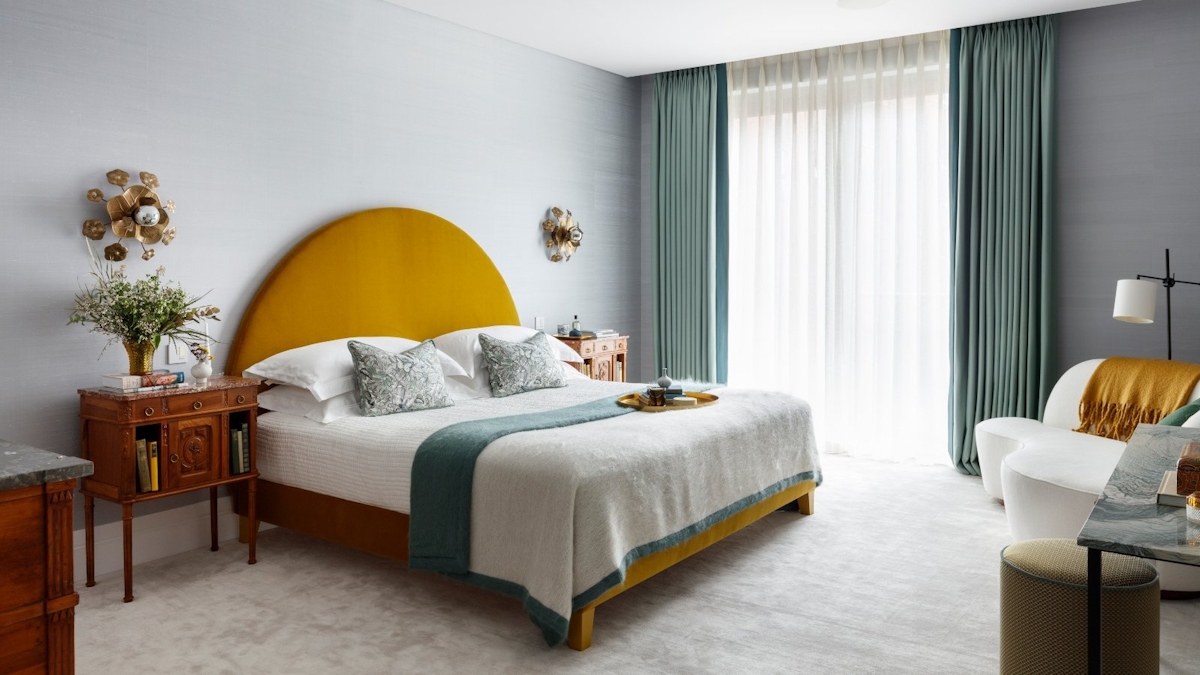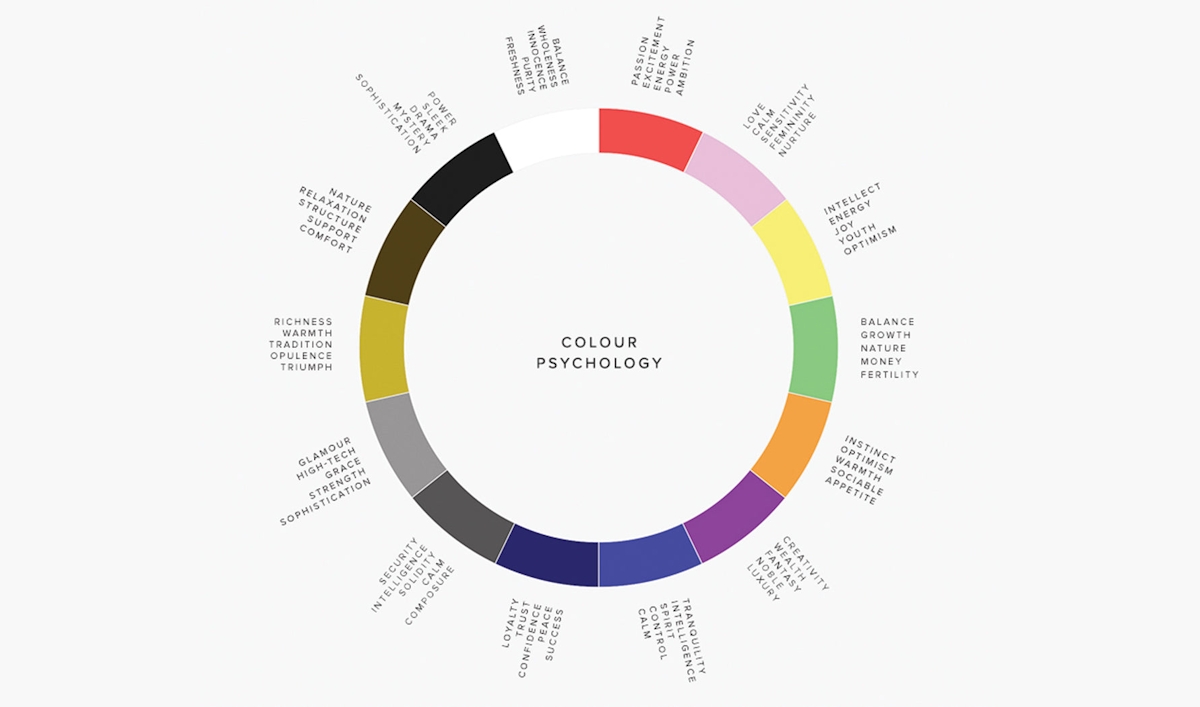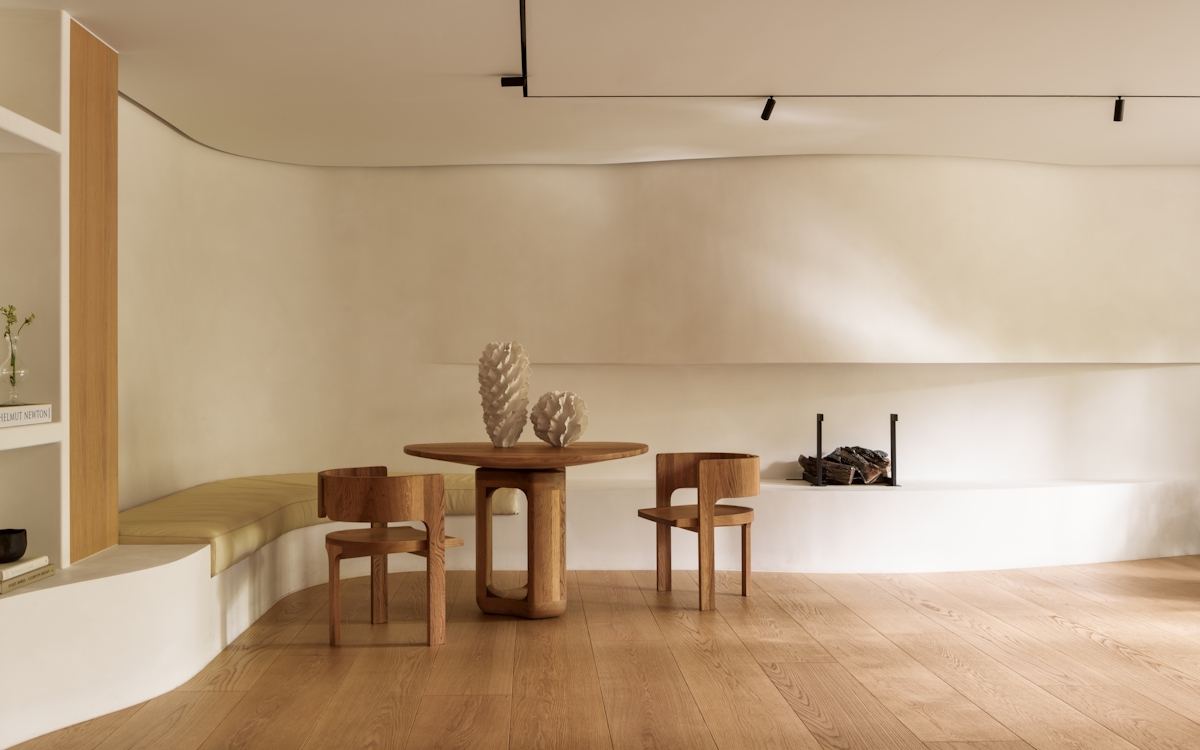Have you ever asked yourself why you feel so energised after stepping foot into a vivid red room scheme or so tranquil when in a beautifully neutral living space? It’s likely to be because of colour psychology in interior design, closely connecting colour to our emotions.
For more inspiration
Colourful Designer Furniture and Luxury Home Decor
Colour psychology is used widely in branding and marketing but it’s also a powerful interior design tool that arguably has more of an impact on the mood of a room than any other factor.
Different shades conjure various emotions so when debating on which hues to choose for your home it’s key to think about the kind of atmosphere you want to create and which colours will help you achieve this.












